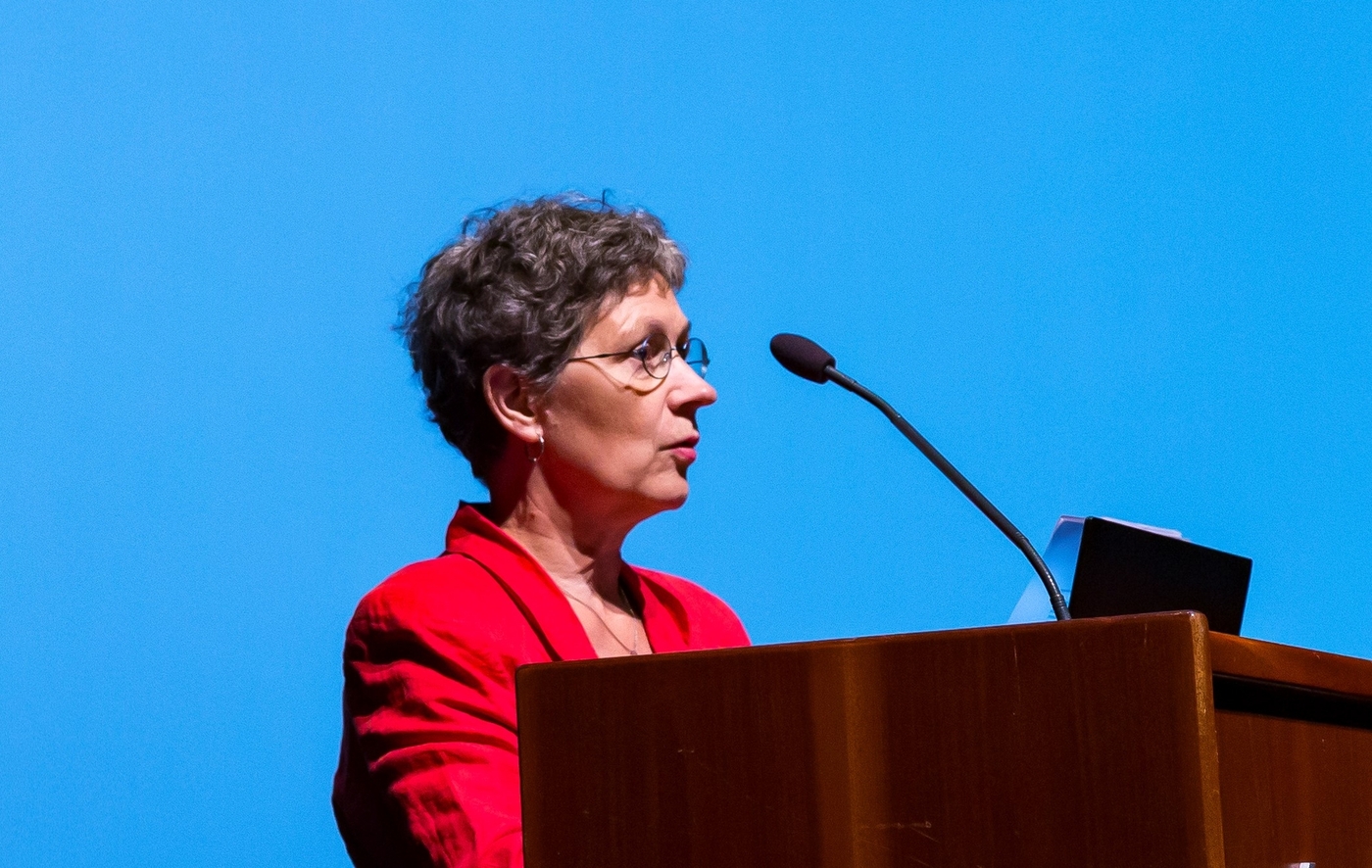Þorgerður J. Einarsdóttir, professor of gender studies at the University of Iceland's Faculty of Political Science, with representatives from the Icelandic Textile Center and the Innovation Center Iceland participate in the international project CENTRINNO that recently received a grant of 8.2 million Euros (1.3 billion Icelandic krona) from the Horizon 2020 - EU Research and Innovation programme. The University of Iceland receives 28 million out of the Icelandic share of around 130 million Icelandic krona.
CENTRINNO stands for New CENTRalities in INdustrial areas and engines for inNOvation and urban transformation. The project aims to revitalise once thriving industrial areas, using cultural heritage as the inspiration. Innovation and knowledge hubs will be established with the aim to
- hold true to the ecological challenges of our time
- boost a diverse, inclusive and innovative urban economy
- use heritage as a catalizer for innovation and social inclusion
The project involves 26 institutions and companies in nine different countries and the centres will be located in Amsterdam, Barcelona, Geneva, Copenhagen, Milan, Paris, Tallin, Zabreb and Blönduós. An innovation and knowledge centre will be established in Blönduós based on the cultural heritage and the craft of Icelandic women with special emphasis on wool and environmental use of it.
The project began 1 September 2020 and lasts 3 1/2 years. It is led from Milan and its project manager is Roberto Nocerino. Þorgerður J. Einarsdóttir will in collaboration with Laufey Axelsdóttir, post-doc in gender studies, study and map the framework, background and history of textiles in Iceland. This involves studying the current landscape in the field of textiles, development in historical context, scope and social impact, cultural roots and gender dimension. This includes looking at how traditions and cultural heritage can become an inspiration and motivation to recreate for new times and contexts. One of the questions is how textiles and craft can take a step into the future in an environmental friendly and sustainable manner.




